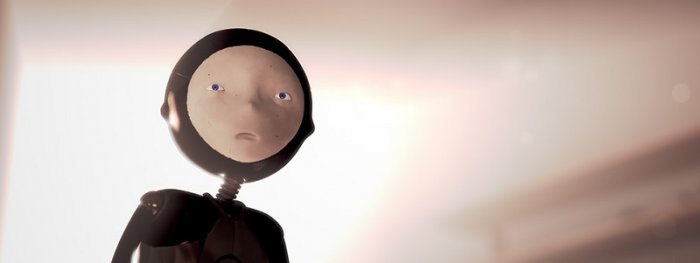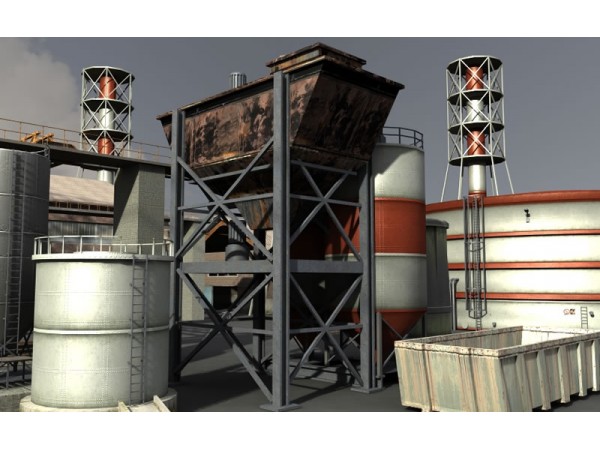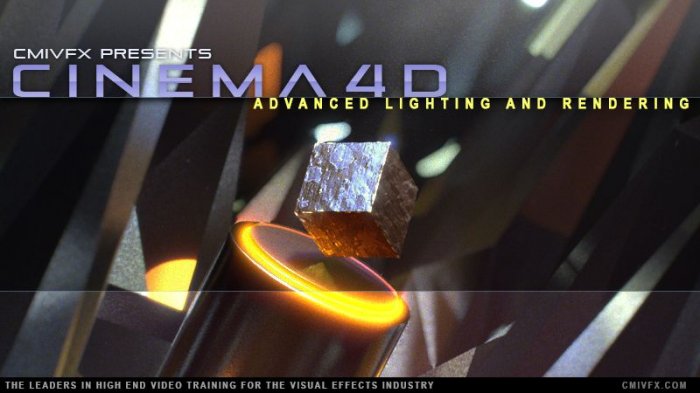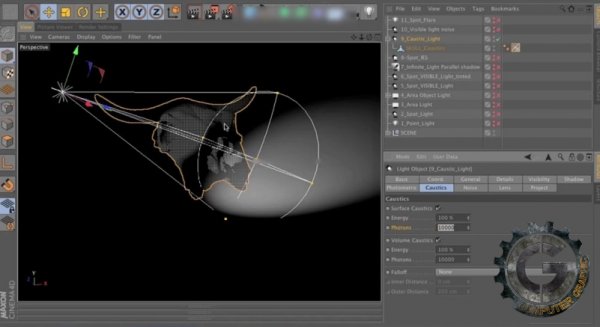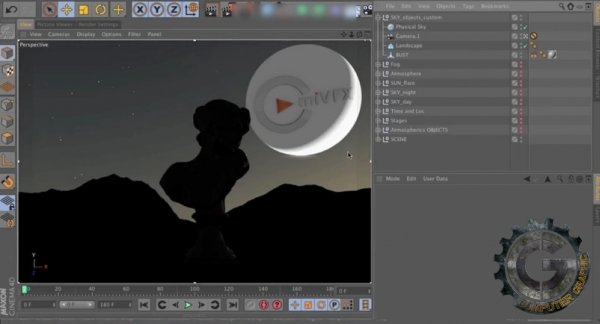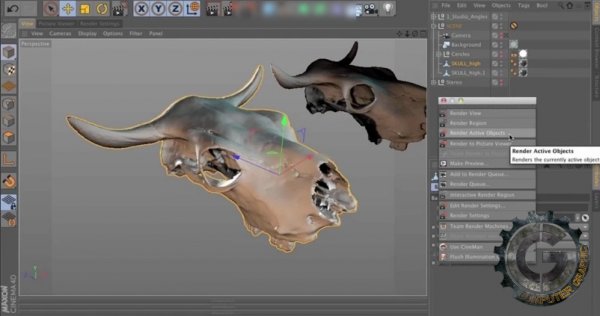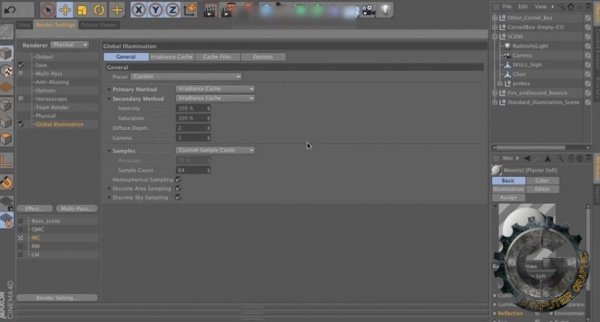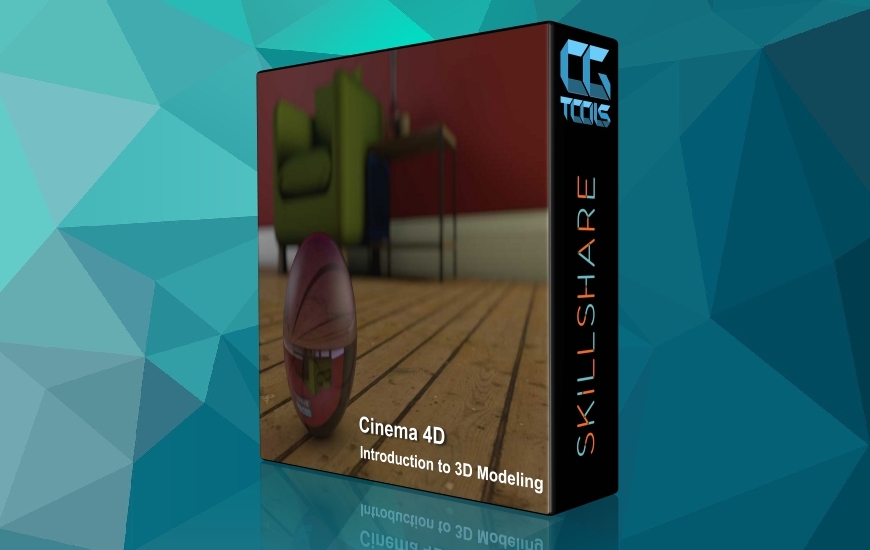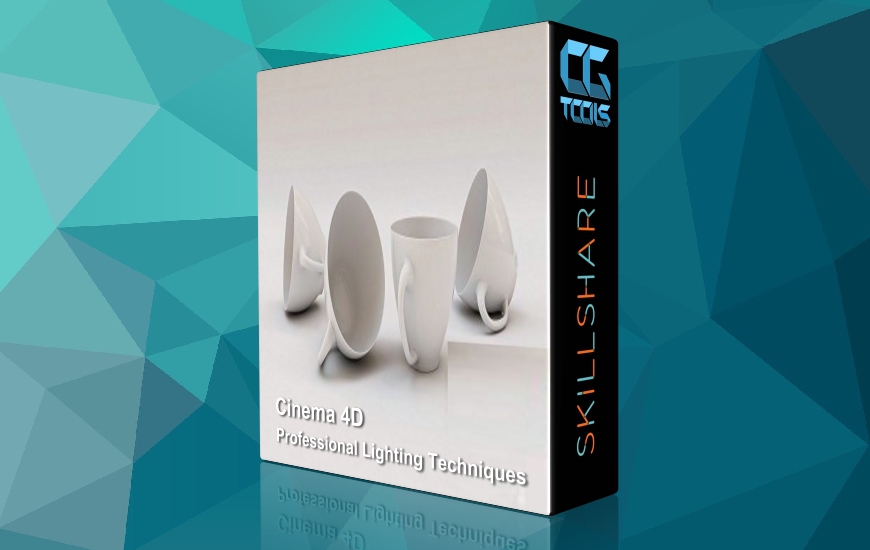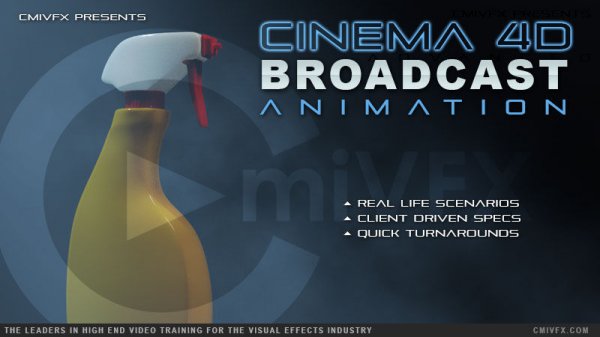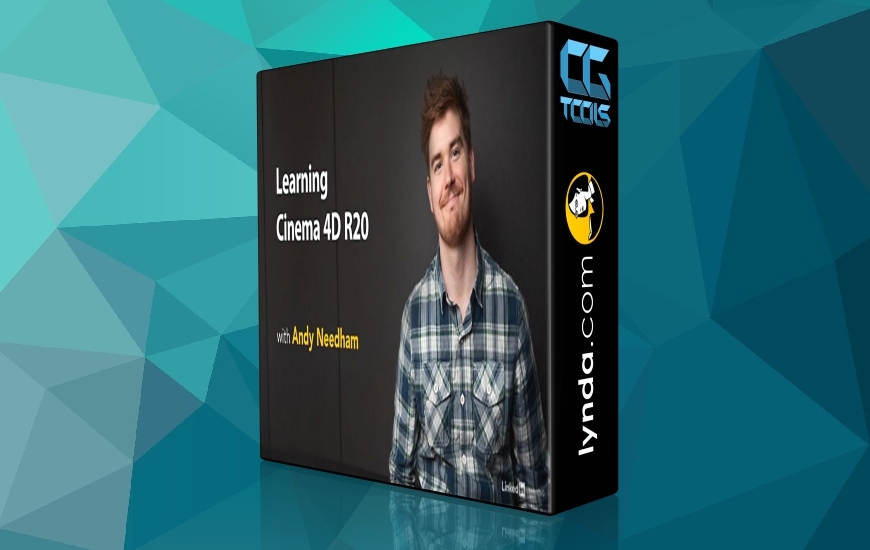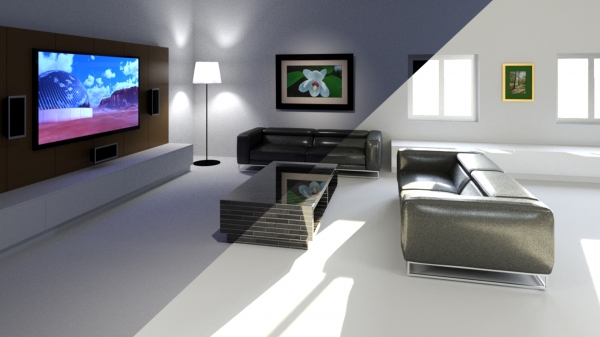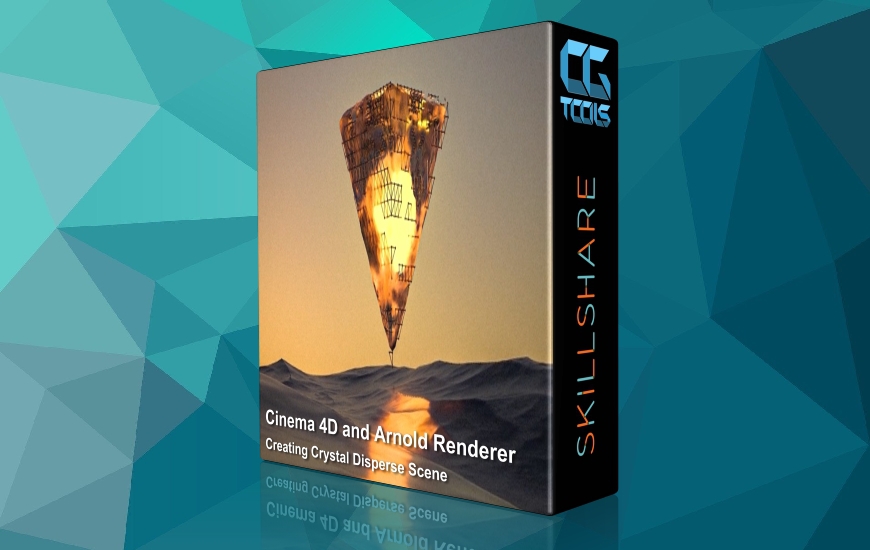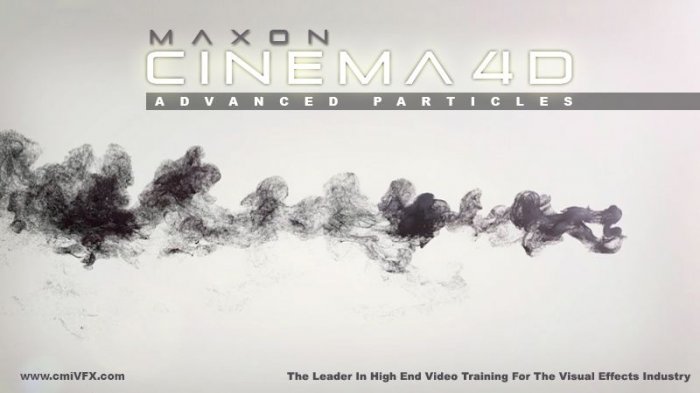![]()
cmiVFX - Cinema 4D Advanced Lighting and Rendering
Time : 7h 40m | Size : 2.32 GB | Project Files: Included | Software Used : Cinema 4D
با سلام
در این آموزش Guillem Ramisa تمامی مراحل کار نورپردازی و رندر را در نرم افزار Cinema 4D آموزش میدهد. او به صورت گام به گام به بررسی تکنیک های مختلف نورپردازی و معرفی ابزارهای باور نکردنی جهت نورپردازی در Cinema 4D میپردازد. او همچنین به بررسی نورپردازی داخلی، نورپردازی خارجی، نحوه ترکیب و استفاده از مواد، الگوریتم رندر جدید که در ورژن R15 اضافه شده است، نحوه راه اندازی فایل ها جهت ترکیب و ... میپردازد.
توجه :
فایل های پروژه دارای فایل و فولدر های تو در تو زیادی میباشند که جهت اکسترکت باید به محل اصلی درایو مورد نظر منتقل شوند سپس اکسترکت شوند در غیر این صورت با ارور طولانی بودن مسیر فایل ها مواجه خواهید شد.
مشاهده توضیحاتــ انگلیسی
cmiVFX brings you andldquo;C4D Advanced Lighting and Renderingandrdquo; with Guillem Ramisa. In this video weandrsquo;ll be exploring the entire process of CGI Lighting and Rendering inside Maxonandrsquo;s Cinema 4D. Weandrsquo;ll start by learning from the old masters. Weandrsquo;ll see what they discovered about light and weandrsquo;ll begin applying the techniques they developed over the years. Weandrsquo;ll be exploring these techniques step-by-step while looking at all the incredible tools that Cinema 4D offers for lighting. Weandrsquo;ll see interior lighting (studio), exterior lighting (Physical and HDRI), and an artistic approach that is achieved by combining all of the tools that weandrsquo;ll be covering. Weandrsquo;ll get a brief overview of how Cinema 4D materials work and the correct setup of material layers for later rendering and compositing. Rendering is a big deal when we want to achieve any specific kind of look. Weandrsquo;ll see how Cinema 4D r15 works with its new rendering algorithm which will optimize our workflow. Finally weandrsquo;ll see how to setup a multi-pass file for compositing and all the AOVs power.
Chapter Descriptions
CHAPTER 1
Why is light so special? How did the old masters discover and use its properties? We'll start seeing how science describes light and its behavior. We'll go through examples showing all the features previously mentioned and explaining how it is translated into our CG world.
CHAPTER 2
We'll go through every type of light in C4D so we can have maximum control of the overall scene. We'll see all of C4D's light features and the lighting tool for easy and quick lighting. We'll explore the different lighting styles that we can achieve. These include Interior, Exterior, and an Artistic approach (or cinematic), by using standard and photometric lights as well as HDRI Lighting.
CHAPTER 3
We'll setup the correct material layering for later rendering with the multi-pass feature inside Cinema 4D. We'll learn how to get the perfect mix for our contribution layers by using Photoshop or Crazy Bump software. We'll see how to setup a three-sky approach for render optimization and the use of the Compositing Tag.
CHAPTER 4
This whole chapter is dedicated to the Rendering craft. By reviewing all the render features we can use inside Cinema 4D r15, we'll see the additive approach for rendering so we can increase the number of features that we can get rendered. This includes stereoscopic features. We'll go through a deep look at the new Global Illumination with the Quasi-Monte Carlo, Irradiance Cache, Light Mapping, and Radiosity Maps.
CHAPTER 5
In this chapter we'll look at the Multi-Pass rendering feature inside Cinema 4D. We'll put our render layers in order inside Nuke to reconstruct our beauty pass using the additive contribution method and we'll fine-tune every individual layer if needed. We'll finish by taking a brief look at how to setup our correct AOVs within specific nodes for further re-lighting.





